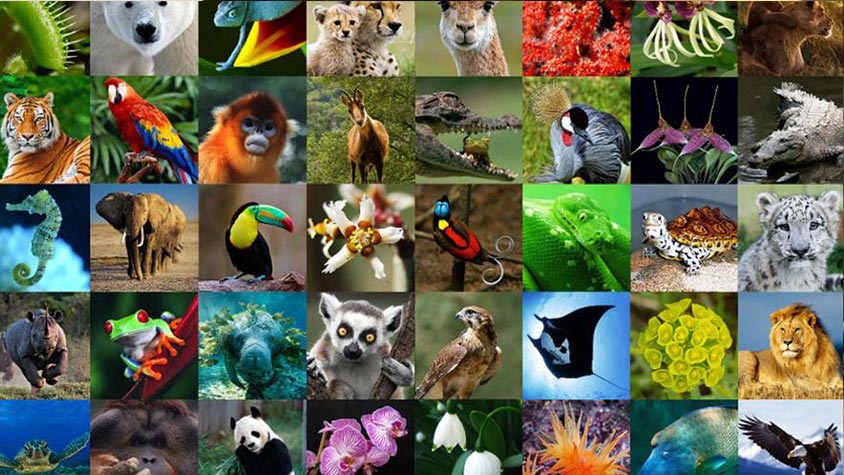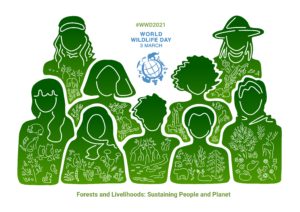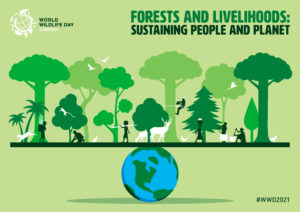On 3 March 1973 the Convention on International Trade in Endangered Species of Wild Fauna and Flora (CITES) was signed, and on 1 July 1975 entered in force. The United Nations General Assembly (UNGA) proclaimed then 3 March, the day of signature, as UN World Wildlife Day to celebrate and raise awareness on world’s wild animals and plants.
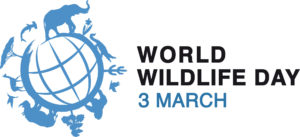
World Wildlife Day has become the most important global annual event dedicated to wildlife since 2014.
Levels of exploitation of wild animal and plant species are very high and their trade, especially the illegal, together with other factors, such as habitat loss, is capable of heavily lowering their population and even bringing some species to extinction. Because the trade in wild animals and plants crosses borders between countries, and each country has its own legislation, the effort to safeguard and protect wild species (flora and fauna) from over-exploitation and possible extinction it requires international cooperation that’s why CITES was conceived.
Today, roughly 5,800 species of animals and 30,000 species of plants are protected by CITES against over-exploitation through international trade. The list includes some whole groups, such as primates, cetaceans, sea turtles, parrots, corals, cacti and orchids.
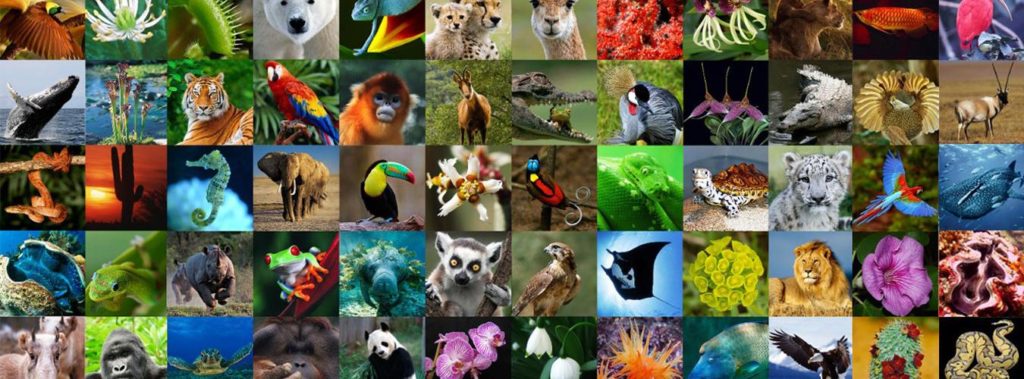
The world is dealing with unprecedented threats to wildlife. The loss of habitat from farming, mining and new urban developments has dramatically decreased the natural space for wildlife. Add to that the human demand for wildlife products, which generates as much as US$23 billion annually and an estimated one million plant and animal species are threatened with extinction. Illegal wildlife trade continues to pose a real danger to biodiversity, ecosystems and human health, as a number of emerging diseases stem from animal products, both domestic and wild. Habitat destruction in fact can also increase the exposure of humans to zoonotic diseases.
Biological diversity is the core of healthy and productive ecosystems and the benefits that humans gain from a thriving natural environment are vast. At least two-thirds of the planet’s land and seas have been transformed by human activity. Habitat degradation and destruction results in the unprecedented loss of species we are currently seeing—by some estimates as much as 1,000 times greater than any recorded time in history.
This year the World Wildlife Day will be celebrated under the theme “Forests and Livelihoods: Sustaining People and Planet“, as a way to promote forest and forest wildlife management models and practices that not only can accommodate human well-being but mostly the long-term conservation of forests, forest-dwelling species of wild fauna and flora and the ecosystems they sustain.
“Let us remind ourselves of our duty to preserve and sustainably use the vast variety of life on the planet. Let us push for a more caring, thoughtful and sustainable relationship with nature” – António Guterres (UN General Secretary)
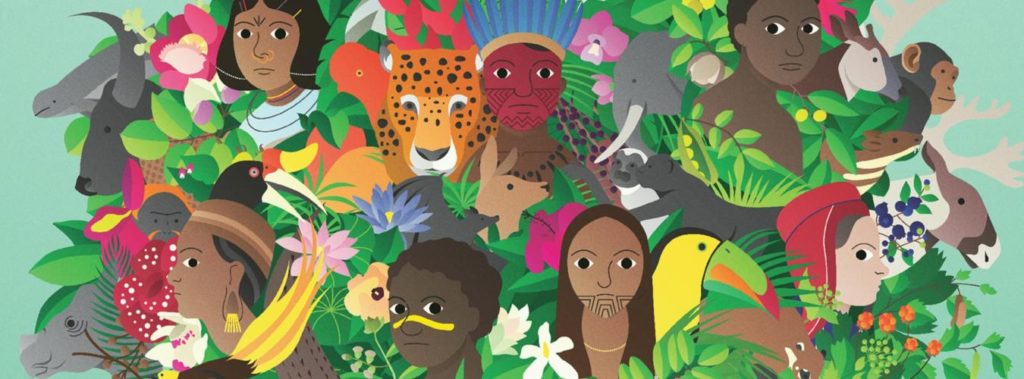
OIPA International celebrates the #WorldWildlifeDay with OIPA Cameroon’s projects:
PANGOLIN CONSERVATION IN CAMPO MA’AN 🦦 https://www.oipa.org/international/pangolins-conservation-oipa-cameroon/
MOUNT BAMBOUTOS FOREST CONSERVATION 🌱 https://www.oipa.org/international/mt-bamboutos-forest-conservation-oipa-cameroon/
Sources:
UN World Wildlife Day: https://www.un.org/en/observances/world-wildlife-day
UNEP Wildlife Illegal Trade: https://www.unep.org/news-and-stories/story/three-ways-united-nations-environment-programme-works-address-illegal-trade
Wildlife Day website:https://www.wildlifeday.org/
CITES:https://cites.org/eng
Live event:https://www.youtube.com/user/WorldWildlifeDay/live

